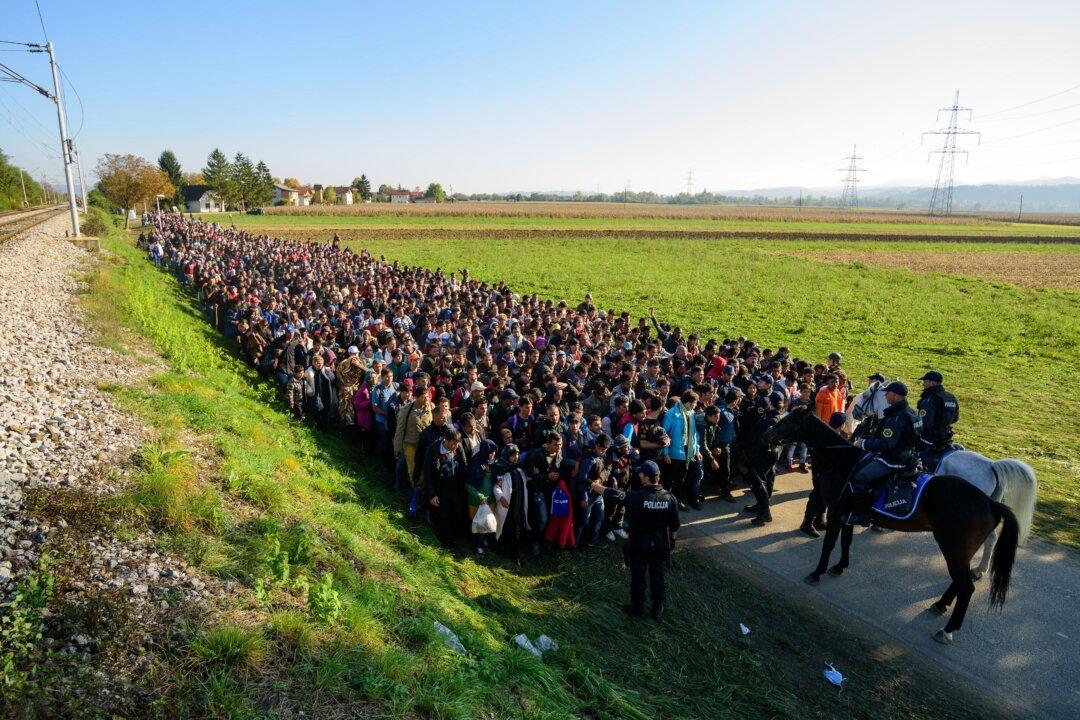The European Union’s response to the migration crisis that began in 2015 has had two distinct phases. While there was initial support for humanitarian solutions to the increasing number of people claiming asylum, hope for a primarily humanitarian approach has long since evaporated.
The closure of borders to those in transit through Europe has stranded many migrants in Greece, despite continuing problems with its asylum system.
EU policy is now to return asylum applicants to Turkey, even though the country has not extended the Refugee Convention to non-Europeans, and there are doubts about its safety for those who need protection.
On April 6, a Communication from the European Commission set out a series of possible policies to reform the EU’s migration framework. In it, the Commission recognizes that the crisis has exposed “significant structural weaknesses and shortcomings” in the EU’s asylum arrangements.
